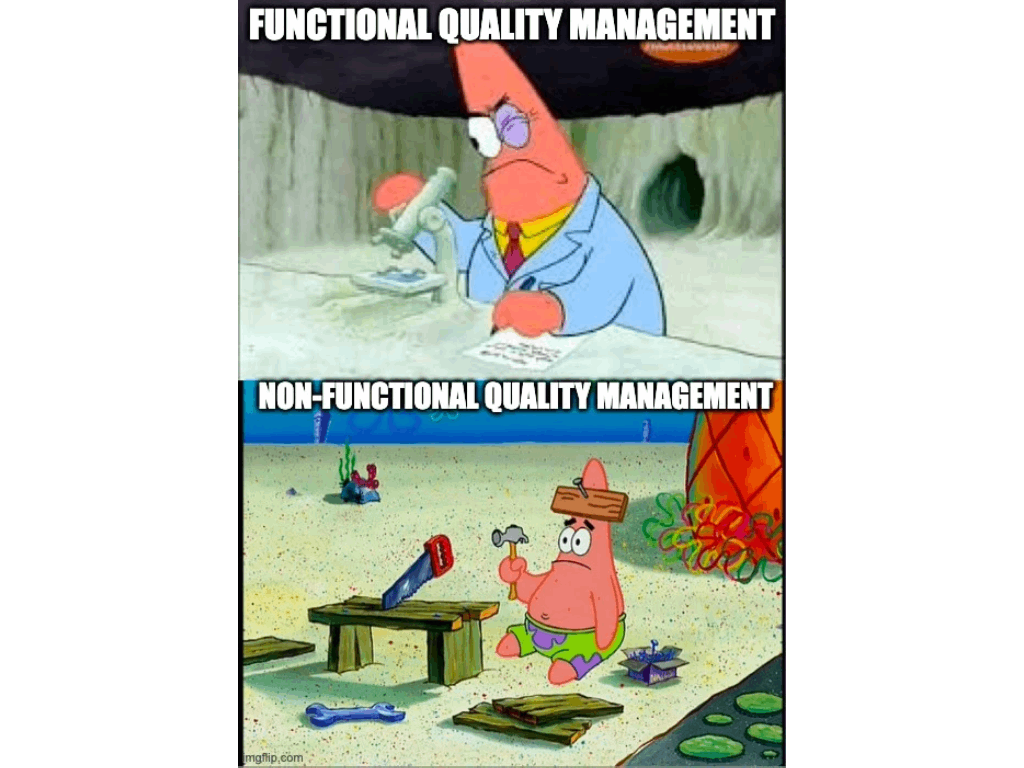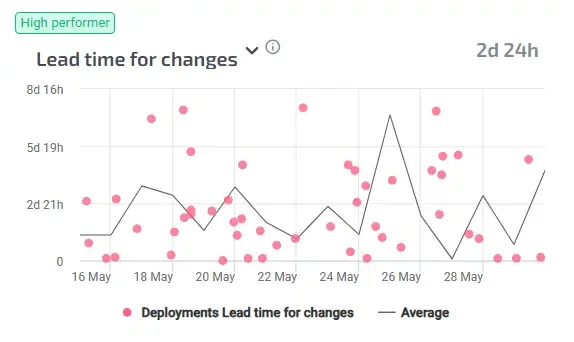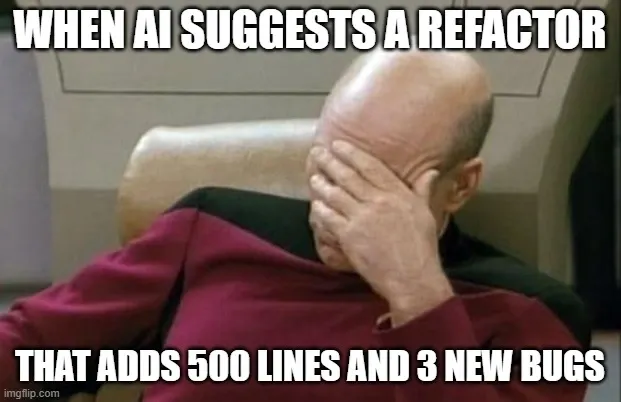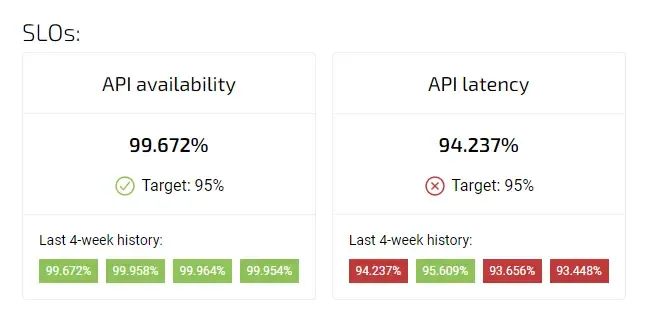Get more features delivered sustainably: as easy as connecting to Jira

Published on 30 May 2023 by Arjan Franzen
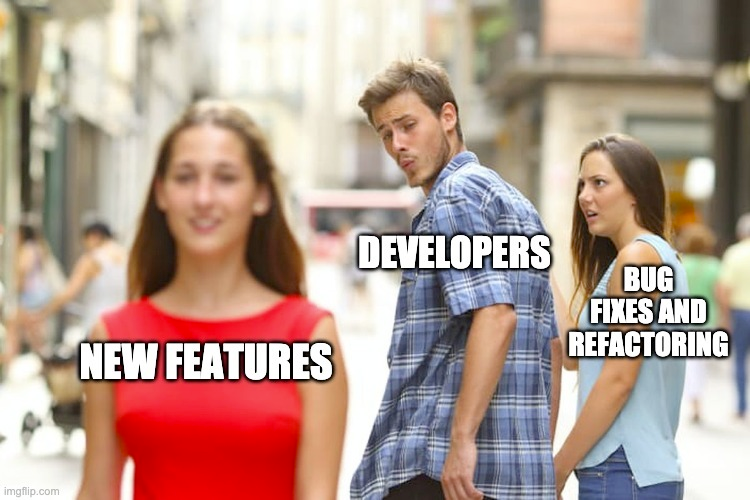
Software developers often find new feature development to be the most enjoyable aspect of their work. It allows them to exercise their creativity, solve interesting problems, and deliver tangible results. Additionally, the team’s product owner’s primary focus is usually on adding new features to the product, as they believe it is what customers want and what will generate revenue. In this context, developers often prioritize feature development over other aspects, such as bug fixing or code optimization, because "we are being paid for features, not for bugs." Luckily there is now a solution available that is as easy as connecting to Jira: Agile Analytics Sprint Insights!
Singular Focus?
However, this singular focus on new feature development can have detrimental effects in the long run. Software that is constantly adding new features without proper attention to quality and stability can become slow, unstable, and insecure. Neglecting bug fixing and technical debt accumulation can lead to a deteriorating codebase and increased complexity, making it difficult to maintain and enhance the software over time. Moreover, security vulnerabilities may arise due to rushed development, lack of proper testing, or inadequate consideration of potential risks.
To address these issues, it is crucial to maintain a balance between feature development and non-feature work. Understanding the importance of allocating time and resources for bug fixing, code optimization, and security enhancements is essential for building a sustainable and robust software product.
Leverage the power of AI and Large Language Models
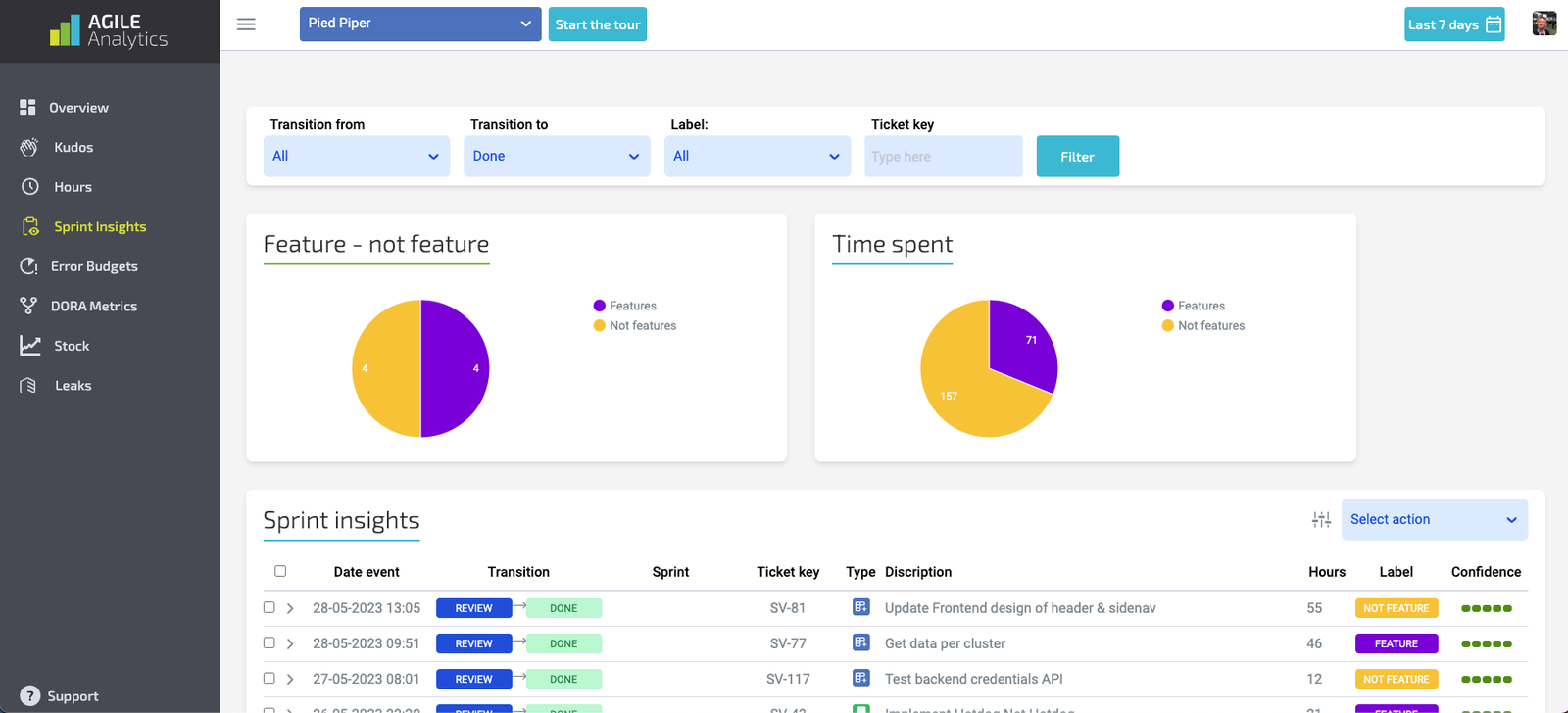
Agile Analytics leverages the power of GPT and Large Language Models to differentiate between feature work and non-feature work by analyzing the content and structure of work items or tickets. By processing the textual information within these items, the model can determine the category of work that best corresponds to each item.
The underlying language model, such as GPT, has been trained on a vast amount of text data and has learned to understand the context and meaning of words and phrases. When applied to Agile Analytics, the model can interpret the descriptions, titles, and other relevant information provided within the work items. By analyzing this text, the model can identify patterns, keywords, or specific language that indicates whether the work item represents feature development or non-feature work, such as bug fixing or code refactoring.
Agile Analytics Sprint Insights further enhances this capability by allowing teams to train the model and fine-tune its performance.
As easy as connecting to Jira
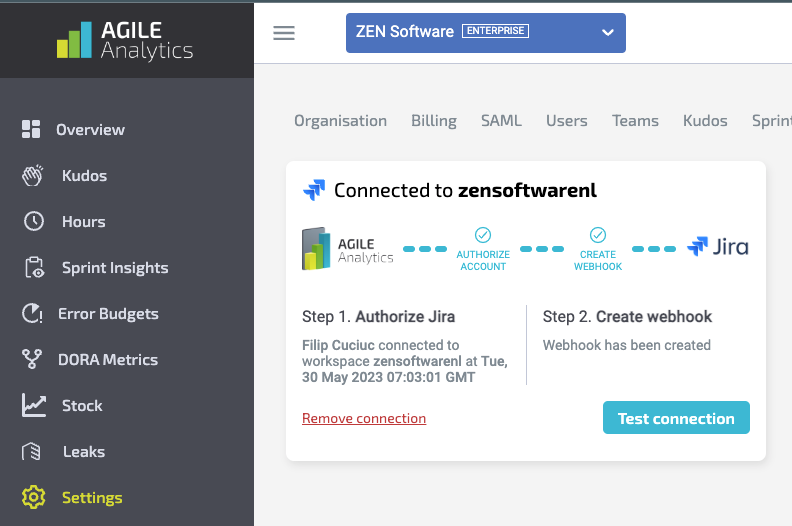
Empowering your teams is as easy as starting your free trial and browsing to ‘settings’, ‘Sprint insights’ and pressing the ‘Connect to Jira’ button. Teams can gain visibility into the balance between feature and non-feature work today!
To empower teams with insights into their software operation, Agile Analytics offers a solution that measures DORA Metrics, Sprint Insights, Error Budgets, Software Stock and detects Leaked Private Keys.
Our amazing platform provides valuable analytics that can be used during Sprint Review sessions or as a bi-weekly sprint report, enabling the team to assess the stability and sustainability of their software. Allow us to supercharge your software operation!
Supercharge your Software Delivery!
Implement DevOps with Agile Analytics
Implement Site Reliability with Agile Analytics
Implement Service Level Objectives with Agile Analytics
Implement DORA Metrics with Agile Analytics
